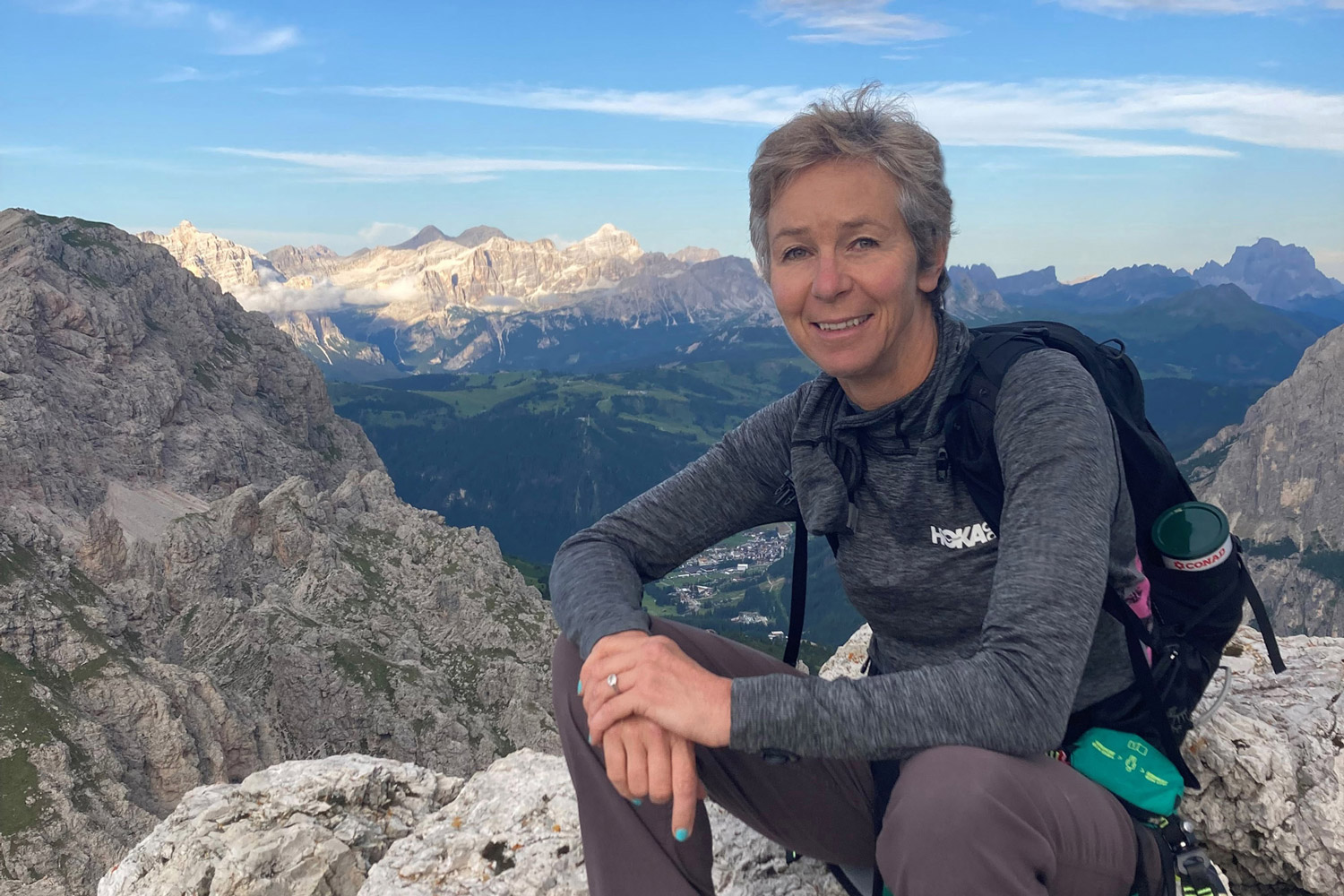
How BTO data are driving positive change for UK birds
Professor Juliet Vickery addresses the challenge of tackling conservation issues and how BTO data make a difference.
Be the first to commentJuliet is responsible for leading the work of the Trust, under the governance and strategy of the Board.
Relates to projects
Related Publications
In August, I spoke at the International Ornithological Congress about the power and value of citizen science in bird conservation, showcasing how we can use our survey and monitoring, ringing and nest recording data to identify, understand and solve conservation issues facing the UK’s birds.
Much of BTO’s data are collected by our dedicated volunteers, who contributed an estimated 2,029,493 hours to BTO work in 2021. Citizen science has enormous potential to deliver long-term, large-scale biological and environmental data, and to enhance human health and well-being through deepening connections with nature. It was a fantastic opportunity to be able to present a plenary to showcase so much of our work at the IOCongress.
At BTO, we often ‘spot’ a problem using our data on population trends and distributions, which can provide the warning signals that species or populations are struggling. By analysing these trends alongside information we hold on survival (a measure of how many adults live from one year to the next) and productivity (a measure of how many young are raised each year) we can ascertain if the driver of a species’ decline is reduced breeding success and/or reduced adult survival. We are then able to relate all these sources of information to environmental data, such as changes in habitat or climate, and begin to decipher the underlying cause of declines.
We’ve done this brilliantly for seed-eating farmland birds, with decades of work studying the dramatic declines of species such as Yellowhammer, Tree Sparrow and Reed Bunting. Our long-term BTO/JNCC/RSPB Breeding Bird Survey (BBS) data, as well as data from the Common Birds Census, revealed the extent of these declines. Analysis of data from the British and Irish Ringing Scheme allowed us to determine that the main driver of the population decrease, for many of these seed-eating birds, was reduced adult survival over the winter months, not – as might have been expected – reduced breeding success. Our data revealed that the increased adult mortality during winter was caused by changing agricultural practices, specifically the loss of over-winter weedy stubble, a major food source for many of the declining farmland species. Now, options exist under various agri-environment schemes to enhance winter food resources in farmed landscapes, and BTO data are playing a central role in evaluating the success of these.
I also highlighted ongoing BTO research that has shed light on the population trends of Britain’s Willow Warblers, which are decreasing in the southeast and increasing in the northwest. Data on population growth, survival, productivity and moult, all collected by volunteers through our schemes, show how consistently low productivity, rather than survival, has prevented population recovery in the southeast. How this is linked more closely to changes in climate rather than habitat was revealed earlier this year; the mean summer temperature in the southeast is now around 1.6°C higher than the optimum for this species.
The extraordinary breadth and depth of our data reveal the roots of population declines, and in turn, drive positive change for our birds.
The latest piece of work in this area has demonstrated how moult advances faster with climate warming in the south than in the north, reflecting a shorter breeding season and higher nest failure rates. This body of work is a fantastic example of how the extraordinary breadth and depth of our data can reveal the drivers of population changes.
But BTO is not only about diagnosing problems: we can also use our data to drive positive change for our birds. For example, our bird population data can be used as a counterfactual – a benchmark for what we expect to happen in the absence of intervention. The success of on-the-ground conservation is demonstrated by the population trends visible in BBS data, which have been more positive for many breeding waders on wet lowland grassland reserves than outside those reserves. Our data can also be used when a difficult conservation balance needs to be found. BBS and Bird Atlas data are helping to guide the establishment of woodland in ways that can help address climate change without having negative impacts on important populations of ground-nesting waders. And, as Avian Influenza continues to spread through populations, our international partnerships will allow us to use Europe-wide data on abundance (in the EuroBirdPortal) and movement patterns revealed by the ringing scheme (EURING) in combination with epidemiological models to develop early warning systems for disease – a vital first step in taking action to limit its impact on bird populations.
Last but not least, there is huge added value of citizen science for those who collect these data. Growing evidence shows how connecting with nature really helps our own mental and physical health and well-being. Being part of any of these schemes is a great way to connect with nature in different ways and play an active role in understanding and conserving it.
This blog was updated on 22.09.22 to include the reference to Hanmer, Boersch-Supan & Robinson Differential changes in life cycle-event phenology provide a window into regional population declines, and on 07.10.22 to include the reference to Calladine, Border, O'Connell & Wilson Modelling important areas for breeding waders as a tool to target conservation and minimise conflicts with land use change.
Please note that these peer-reviewed papers were not published at the time of writing and so were not originally included in the reference list.
Work like this depends on people like you
Each year we need to raise thousands of pounds to fund our research and provide crucial evidence for the conservation of bird species and habitats.
Support our science with a donation.
DonateOur work would not be possible without our extraordinary volunteers, who gave 2,029,493 hours to BTO work in 2021.
Join our community and support our research through our volunteer projects, from as little as 15 minutes a week.
Volunteer
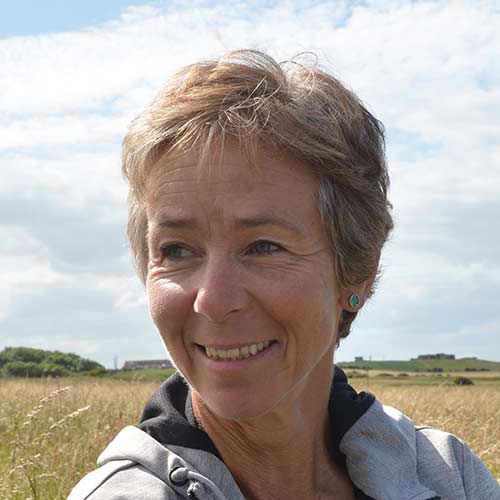

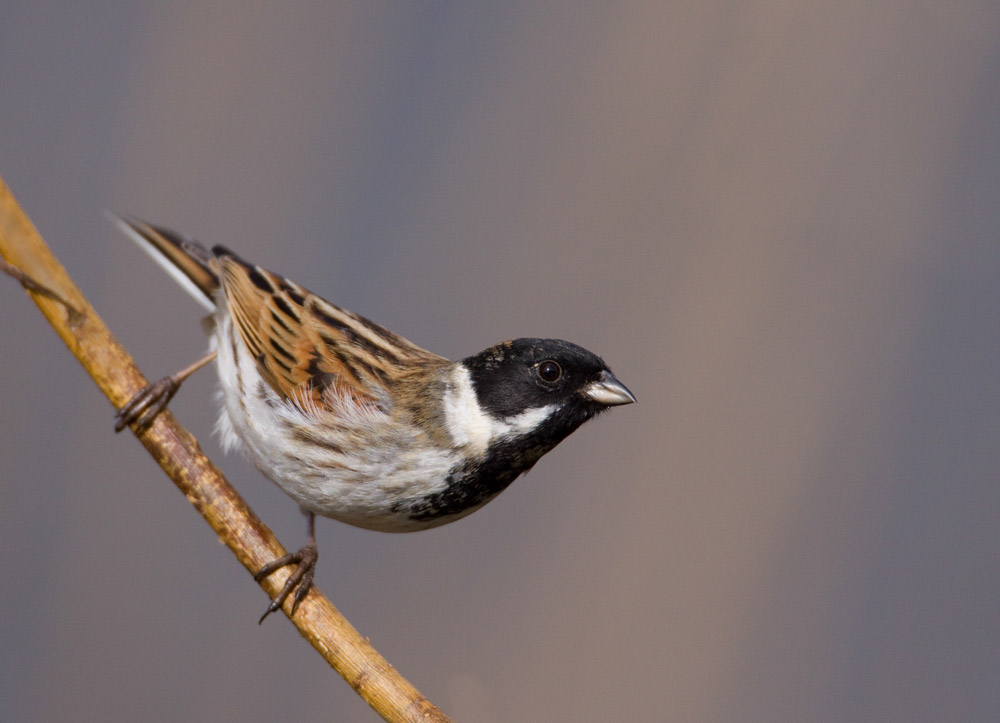
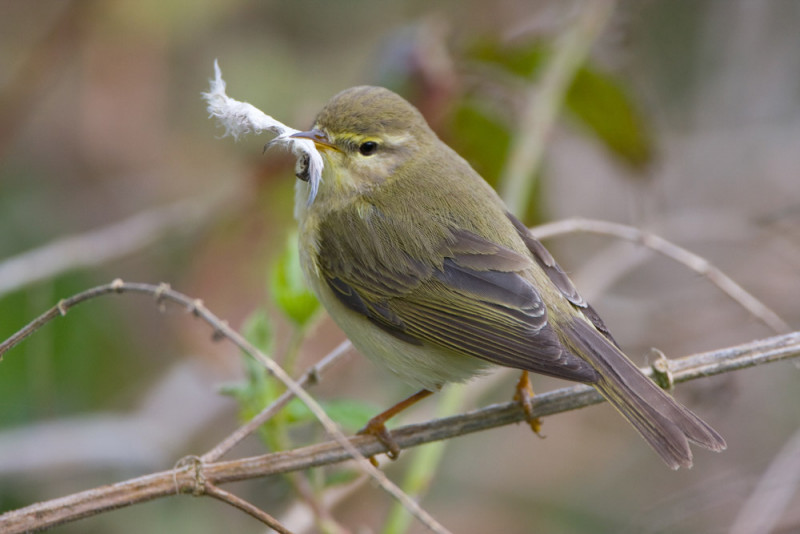
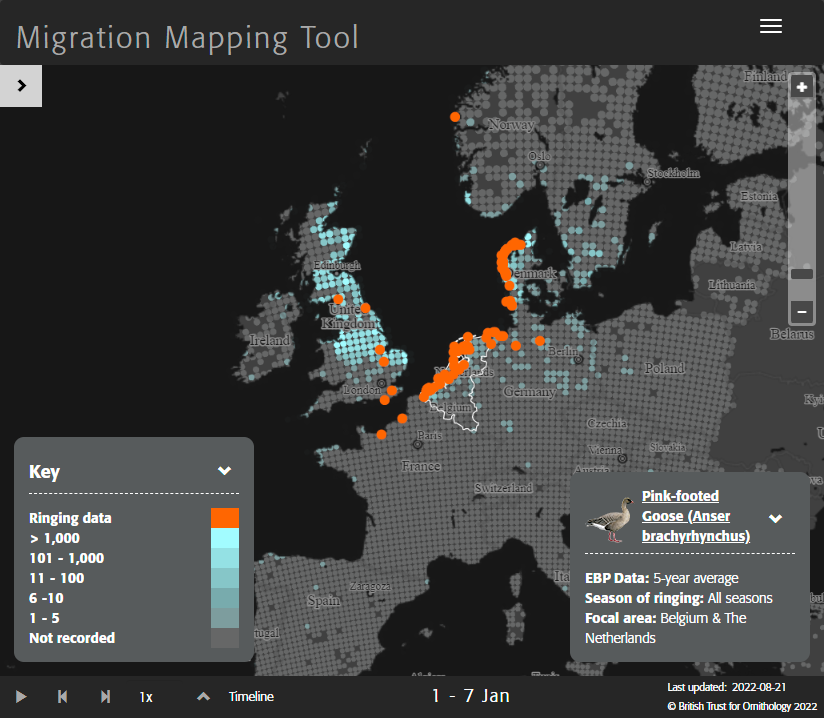
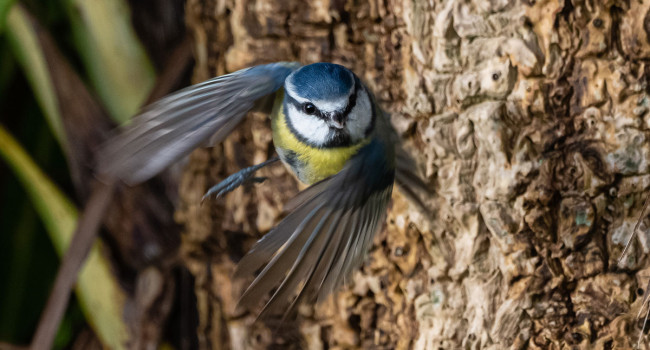
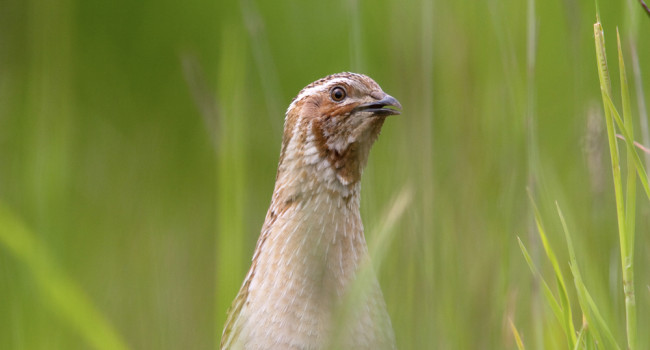


Share this page